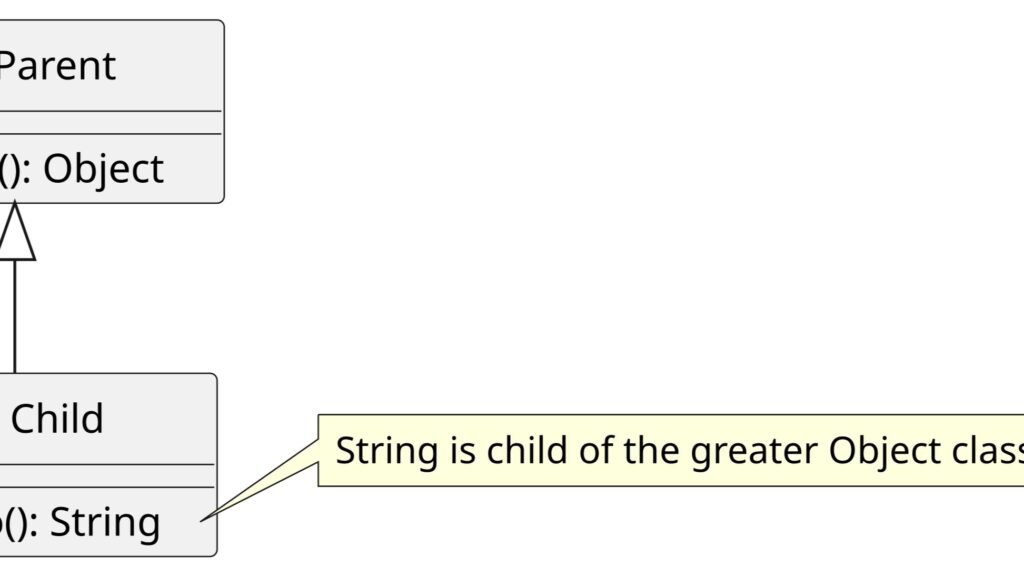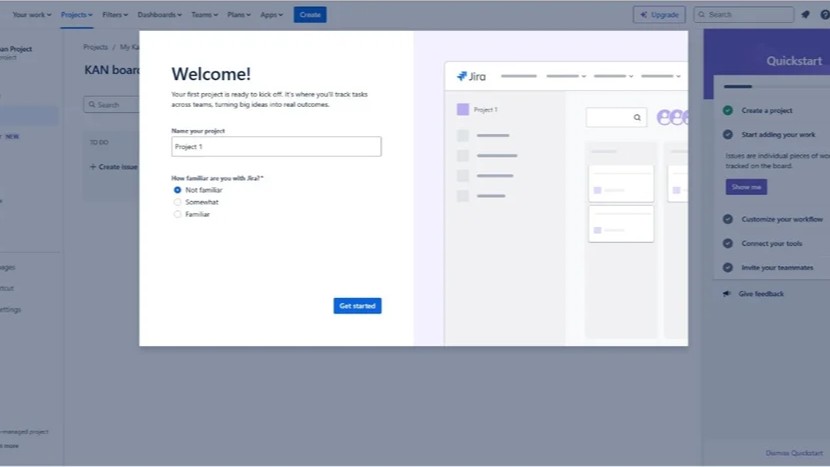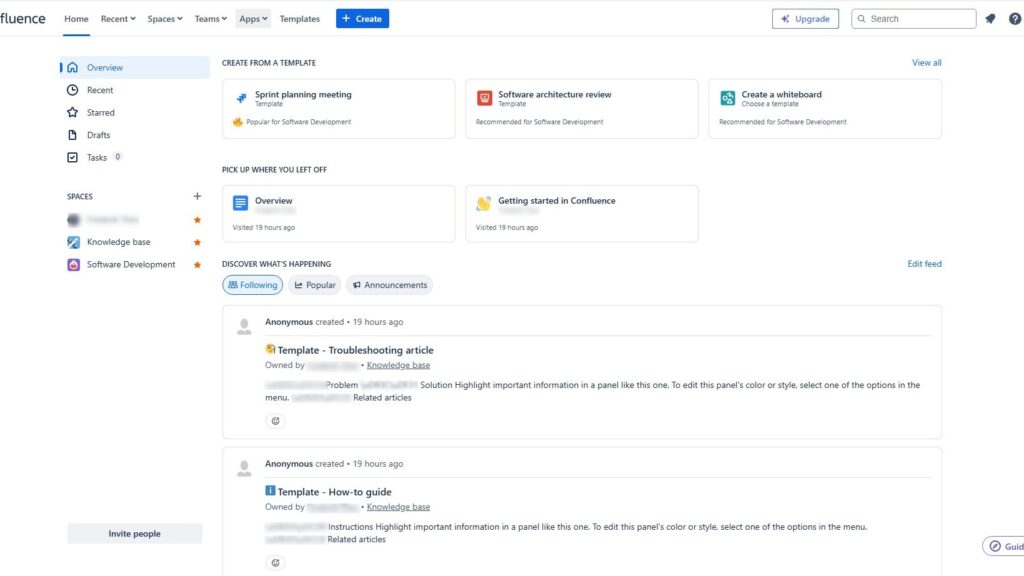As a data modeler, requirements engineer, and IT business analyst, I’ve learned that choosing the right data types is both strategic and creative. It’s not only about technical accuracy but also about ensuring long-term stability as projects evolve. Complex data structures can make this task challenging, but heuristics for determining data types make it manageable. In this guide, I’ll share practical insights and examples to help you apply these heuristics effectively in your own projects.
Deciding When to Define Data Types
When I start working on an information model during requirements engineering, the first question I ask myself is this: Should I define the data types of class attributes right now? In my experience, it’s usually best to model a data type immediately. I prefer to go with a primitive data type at the start.
The Importance of Early Data Type Definition
Why? Because it gives me a solid foundation. Later, as the project evolves, I can redefine or refine this into a more complex data type. In some cases, it might even become a stand-alone class. This flexibility is crucial. However, if I feel the need, I can always add more details through textual requirements.
Gathering Detailed Information on Data Types
Next, I need to gather more information about the data type. For enumerations, the process is straightforward. I identify the possible values of the attribute and list them in the enumeration. This method works every time. But when dealing with structured data types, the approach is slightly different. Here, the key lies in the application’s domain. I find the necessary information within that domain. This process is similar to identifying the essential attributes of a class.
Analyzing and Refining Data Types
In short, when I use heuristics for determining data types, I always ask myself: How can I make this decision more precise? I analyze the immediate needs of the project, and I consider the potential future changes. By doing this, I ensure that my models are both robust and flexible.
Conclusion: The Value of Heuristics in Data Modeling
To sum up, heuristics are my go-to tool when determining data types. They guide me in making informed decisions, both at the start and as the project progresses. Consequently, my models are better structured, and my work is more efficient.
So, the next time you’re modeling, remember to use heuristics. Trust me, it makes a world of difference.
What’s Next?!
Now that you’ve seen how heuristics for determining data types simplify complex modeling decisions, it’s time to explore how these data types interact within your system. In my next article, “Simple UML Modeling Relationships (Modeling Relationships),” I’ll guide you through understanding and applying basic UML relationships. Join me to learn how connecting classes and data types brings your models to life with clarity and structure.
This article covers concepts that are also included in the CPRE certification syllabus.




